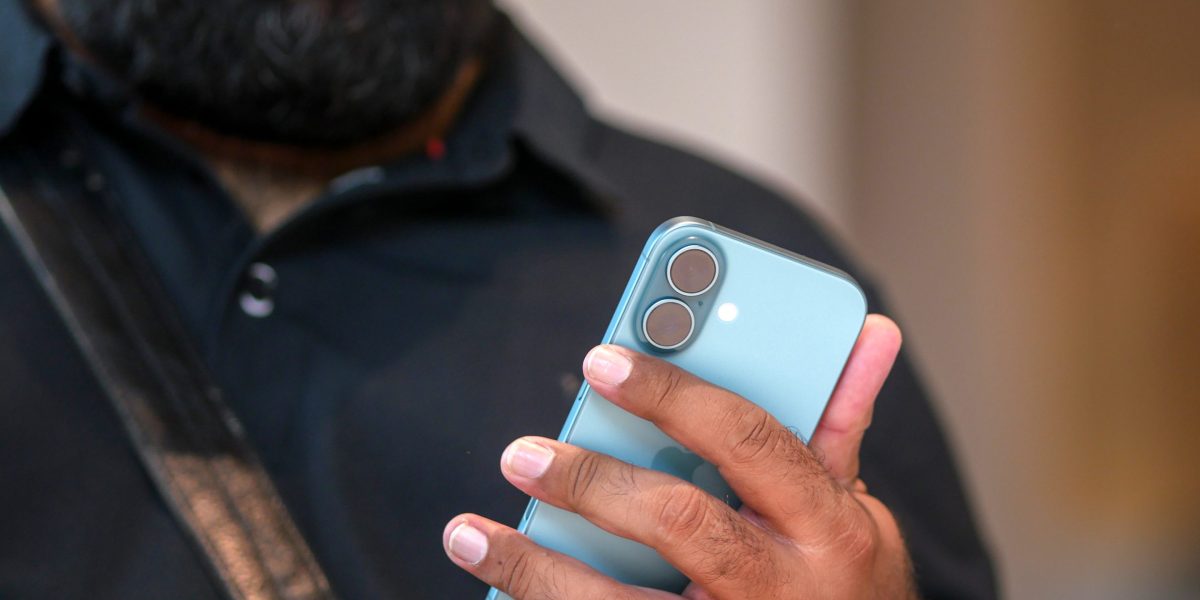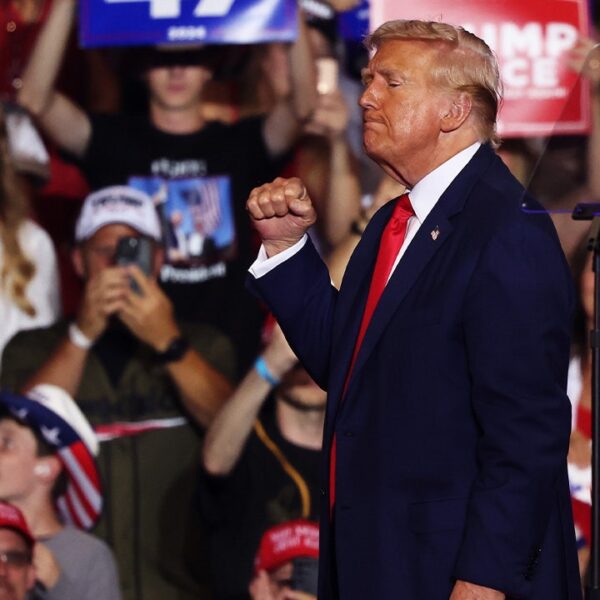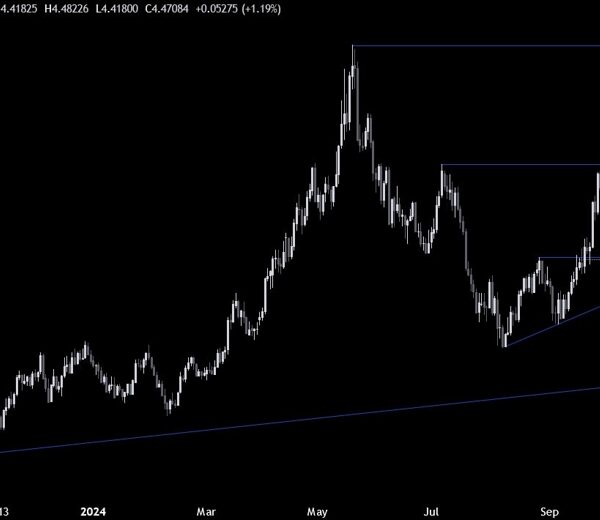

Apple Inc.’s iPhone exports from India jumped by a third in the six months through September, underscoring its push to expand manufacturing in the country and reduce dependence on China.
The U.S. company exported nearly $6 billion of India-made iPhones, an increase of a third in value terms from a year earlier, people familiar with the matter said, asking not to be named as the information is private. That puts annual exports on track to surpass the about $10 billion of fiscal 2024.
Apple is expanding its manufacturing network in India at a rapid clip, taking advantage of local subsidies, a skilled workforce and advances in the country’s technological capabilities. India is a crucial part of the company’s effort to lessen its reliance on China, where risks have grown along with Beijing’s tensions with the U.S.
Three of Apple’s suppliers—Taiwan’s Foxconn Technology Group and Pegatron Corp., and homegrown Tata Electronics—assemble iPhones in southern India. Foxconn’s local unit, based on the outskirts of Chennai, is the top supplier in India and accounts for half of the country’s iPhone exports.
Salt-to-software conglomerate Tata Group’s electronics manufacturing arm exported about $1.7 billion in iPhones from its factory in Karnataka state from April to September, the people said. Tata acquired this unit from Wistron Corp. last year, becoming the first Indian assembler of Apple’s bestselling product.
The dollar figure refers to the devices’ estimated factory gate value, not the retail price. Representatives for Apple declined to comment. Pegatron also declined to comment, while Foxconn and Tata spokespersons didn’t respond to requests for comment.
IPhones account for the bulk of India’s smartphone exports and helped the product category become the top export to the U.S. at $2.88 billion in the first five months of this fiscal year, according to federal trade ministry data. Five years ago, before Apple expanded manufacturing in India, the country’s annual smartphone exports to the U.S. were a meager $5.2 million.
Still, Apple accounts for just under 7% of India’s smartphone market, which is dominated by Chinese brands such as Xiaomi, Oppo and Vivo. And while still a small market for iPhones globally, Apple is making big bets.
The subsidies by Prime Minister Narendra Modi’s administration helped Apple assemble its pricey iPhone 16 Pro and Pro Max models, with better cameras and titanium bodies, in India this year. It’s also seeking to open new retail stores, including in the southern tech hub of Bangalore and western city of Pune.
Last year, Chief Executive Officer Tim Cook launched Apple’s first shops in the financial hub of Mumbai and capital New Delhi.
The grand openings, the marketing blitz around the new stores, an aggressive online sales push as well as a rapidly growing middle class that aspires to own Apple products boosted its annual India revenue to a record of $8 billion in the year through March.
Apple’s rising star in India contrasts with its flagging fortunes in China, whose economy has stuttered following harsh Covid-19 lockdowns and a property crisis. To be sure, Apple relies on China for a bulk of its manufacturing and sales, and India’s unlikely to become its top market anytime soon.
Apple assembled $14 billion of iPhones in India in the fiscal year through March 2024, doubling production and accelerating its drive to diversify beyond China. Of that, it exported roughly $10 billion worth of iPhones.
Data Sheet: Stay on top of the business of tech with thoughtful analysis on the industry’s biggest names.
Sign up here.















